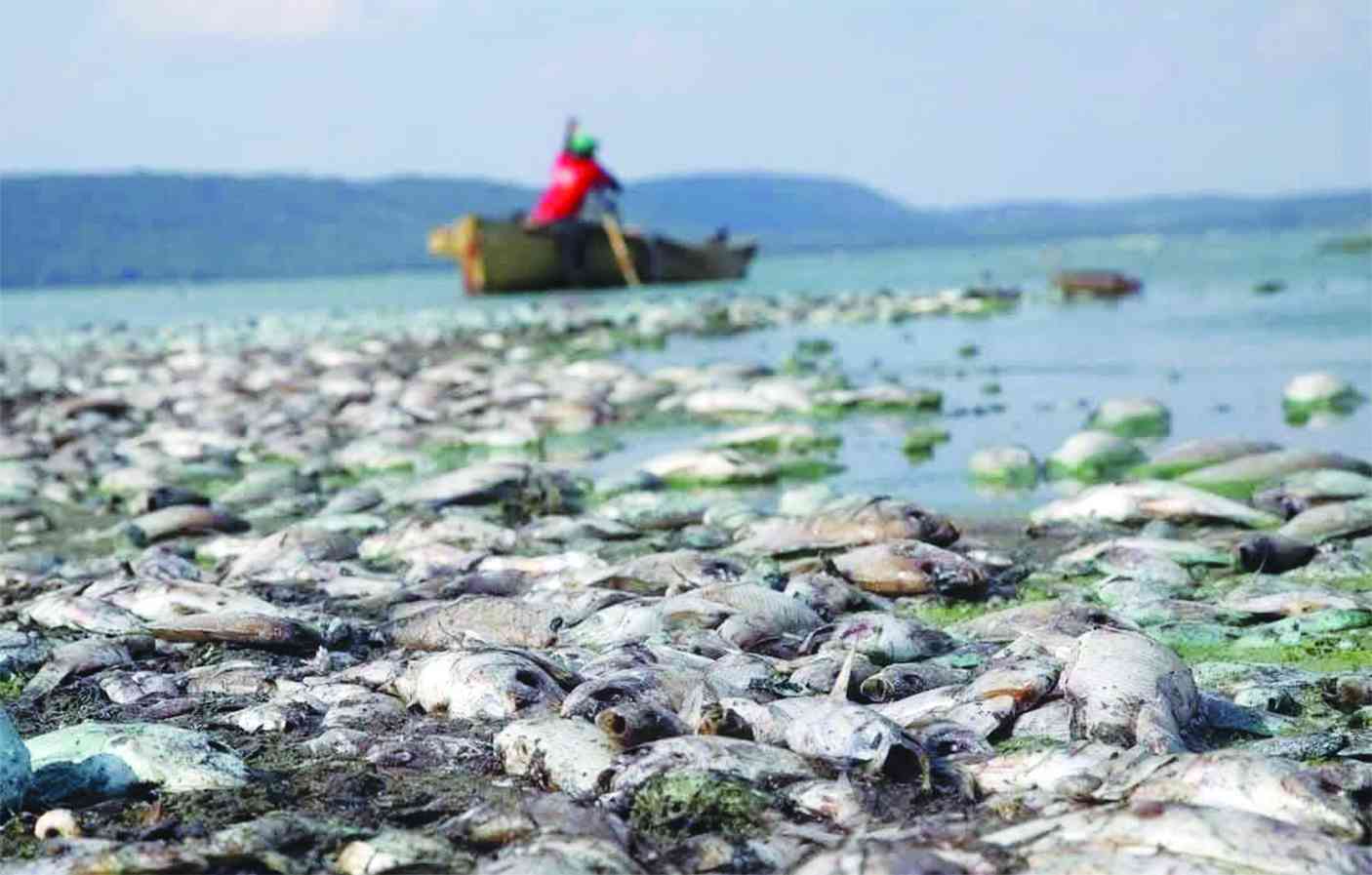
TENDAI TEMBO SUSTAINABILITY issues in the fashion industry have sparked much debate over the past decade. Many companies have been exposed over the use of child labour in the production of cheap apparel.
“Child labour” is depriving children of their status, self-respect, and potential by inhibiting their education, which is detrimental to their well-being (International Labour Organisation, ILO, 2021).
Although it is reported that child labour has reduced by 38% in the last decade, approximately 152 million children are still affected (ILO, 2021) and numerous deaths and suicides have been recorded (mostly in developing countries) as a result of this (Industrial Global Union in an article tittled Trail of workers’ suicides and deaths in South India’s textile spinning mills in 2018).
With globalisation involving Multinational Corporations (MNCs) benefitting from doing business in less developed countries, there has been a rise in use of cheap labour (S. Rahman and S. Ferdausy in an article titled Impact of Multinational Corporations on Developing Countries, 2009).
The fashion industry has not been exempted from this, with leading MNCs for example, Marks and Spencer, ASOS, Nike and Primark being heavily criticised in 2016 for allegedly exploiting low wage workers, environmental abuse, child labour and intolerable workplace standards (Jonathan Webb, 2016 in Forbes).
With fierce competition in fast fashion, some organisations have sought cheap sources of labour predominantly in nations producing fabric and clothing.
Why is child labour prevalent? Child labour is a noteworthy issue in the apparel sector as most part of the work is unskilled labour and aspects of it is more suitable for children, research shows that in cotton plucking, organisations choose to recruit children because of their little hands, which supposedly do not destroy the crop.
Additionally, the fact that unions cannot bargain or negotiate for children for higher working conditions and that they have no voice makes children easy targets (J. Moulds in an article in 2015 titled Child Labour in fashion supply chain). The higher the participants in the supplier chain the more complex and riskier and more difficult to manage all stages of production as there is minimal control and visibility, especially with the big brands who may not have knowledge that child labour is included in the production of their products (Lake et al, 2015 in an article titled Corporate approaches to addressing modern slavery in supply chains: A snapshot of current practice).
- Chamisa under fire over US$120K donation
- Mavhunga puts DeMbare into Chibuku quarterfinals
- Pension funds bet on Cabora Bassa oilfields
- Councils defy govt fire tender directive
Keep Reading
The supply chain should be shortened from a sourcing aspect making it transparent. High demands on products by consumers especially in fast fashion puts pressure on suppliers to turnaround mass amounts in short timeframes. There may also be absence of birth certificates or fake identity cards may be used.
Stakeholder Responses Despite awareness around sustainability, research shows that consumers’ practices and behaviour are often contrary to their values. Although they may indicate concern, their behaviour is not reflective of this as they continue to buy from organisations which may be unethical ((H. Park and Y Kim in an article titled An empirical test of the triple bottom line of customer-centric sustainability: The case of fast fashion, 2016). Despite innumerable child labour scandals surrounding some MNCs, they remain successful and continue to expand internationally.
Although boycotts rarely affect an organisation’s revenue, if effectively researched and conducted they can be a threat to the organisation’s reputation by creating negative media coverage and can lead to falls in stock prices, which can potentially cause behavioural change in the target organisation (King, 2017 in an article titled Do Boycotts work?).
Over the past 20 years, the Fair Labour Association has worked tirelessly to eradicate child labour. Together with the United Nations General Assembly they are advocating commitment to take urgent and effective action to eradicate child labour by 2025, collaborating with civil societies and organisations. They are engaging in local and international labour efforts, with specific focus on parental roles a main influencer in eradicating child labour as a lot of children are driven to seek employment by their families. They have resolved to advocate for solutions, providing good quality education for children and rehabilitation services to reduce child labour risk and support children’s wellbeing (FLA, 2021). Setting clear measurable targets and responses such as these by stakeholders is highly commendable.
Alleviating child labour As there has been a rise in awareness with regards to sustainability, there has been higher demand for ethically produced products (Goworek et al, 2012 in an article titled The sustainable clothing market: An evaluation of potential strategies for UK retailers).
As minimum employment age and rules are stipulated by the ILO or national legislation whichever permitting more protection, compliance to these is important.
Fashion retailers partnering with various stakeholders to help prevent and address the risks of child labour, for example, with Cotton Campaign Pledge and the Center for Child Rights, will be instrumental in defining procedures for preventing, identifying, and remedying of child labour.
Conducting due diligence checks regularly (including independent unannounced audits), using external reports and credible secondary data to build country risk assessments where retailers source from and understanding the principal causes of child labour is of paramount importance. Deep dive audits can also be instrumental in guiding sourcing decisions.
Recommendations Consumers can assist in fighting against child labour, through educating others and voicing concerns. Consumers can contact the manufacturers and the government and utilise their authority enforcing and implementing stricter child labour laws (Kyles, in Is there child labour in the fashion industry 2019). They can also shop responsibly by boycotting brands employing child labour, signing petitions, and buying fair trade labels and can make conscious and informed decisions by buying recycled clothing.
Organisations can respond to child labour by shifting children from work to education, getting dedication from suppliers to stop hiring children and working towards fully complying with Ethical Trading Initiative (ETI) base codes and if they continue to be non-compliant or not make any progress towards corrective action, they can cancel the contracts (ETI, 2021)
Organisations should be more vigilant and conscientious with suppliers, source responsibly, enforce ethical and sustainable standards and be more transparent (Ecowildchild, 2020). For example, the parent companies should know where all their apparel is made and ensure the supply chains adhere to their sustainability standards.
Traceability audits can be performed which verify manufacturers’ documentation against the production capacity. Organisations should be good citizens and should not routinely ignore and violate local customs or standards or laws nor dismiss corporate responsibility matters or its ramifications on local communities including child labour issues.
Non-governmental organisations can drive improvements through the introduction of training and certifications to manufacturers leading to decrease in child labour (Rainforest Alliance, 2014).
Organisations can benefit through use of data analytics tools and supply chain monitoring, traceability, supplier assessments, audit management, and mobile data collection to help eradicate child labour.
Conclusion As some real advances are being made to alleviate child labour, providing a foundation for efforts going forward, stakeholders should work collaboratively in this initiative. Organisations dedicated to ethical trading should adopt the labour practice codes including the ETI Base code they expect suppliers to strive after.
These should be communicated widely. They can monitor their suppliers against these codes and support independent attestation.
It is also imperative to promote confidential reporting of any violations. Organisations can be proactive by reporting annually to ETI on progress made and by engaging in projects to develop satisfactory practices (ETI, 2021).
Organisations can visit factories and evaluate worker to production ratios to decipher if suppliers are sub-contracting ensuring child labour is not being used.
Only with the commitment and collaboration of the stakeholders can progress be made to alleviate child labour.
- Tembo, (MSc, BCom, CISA, CIA) is an Information Technology Risk Specialist who holds a Masters (Distinction) in International Business and Management from the University of Kent, United Kingdom. She is writing in her personal capacity.










